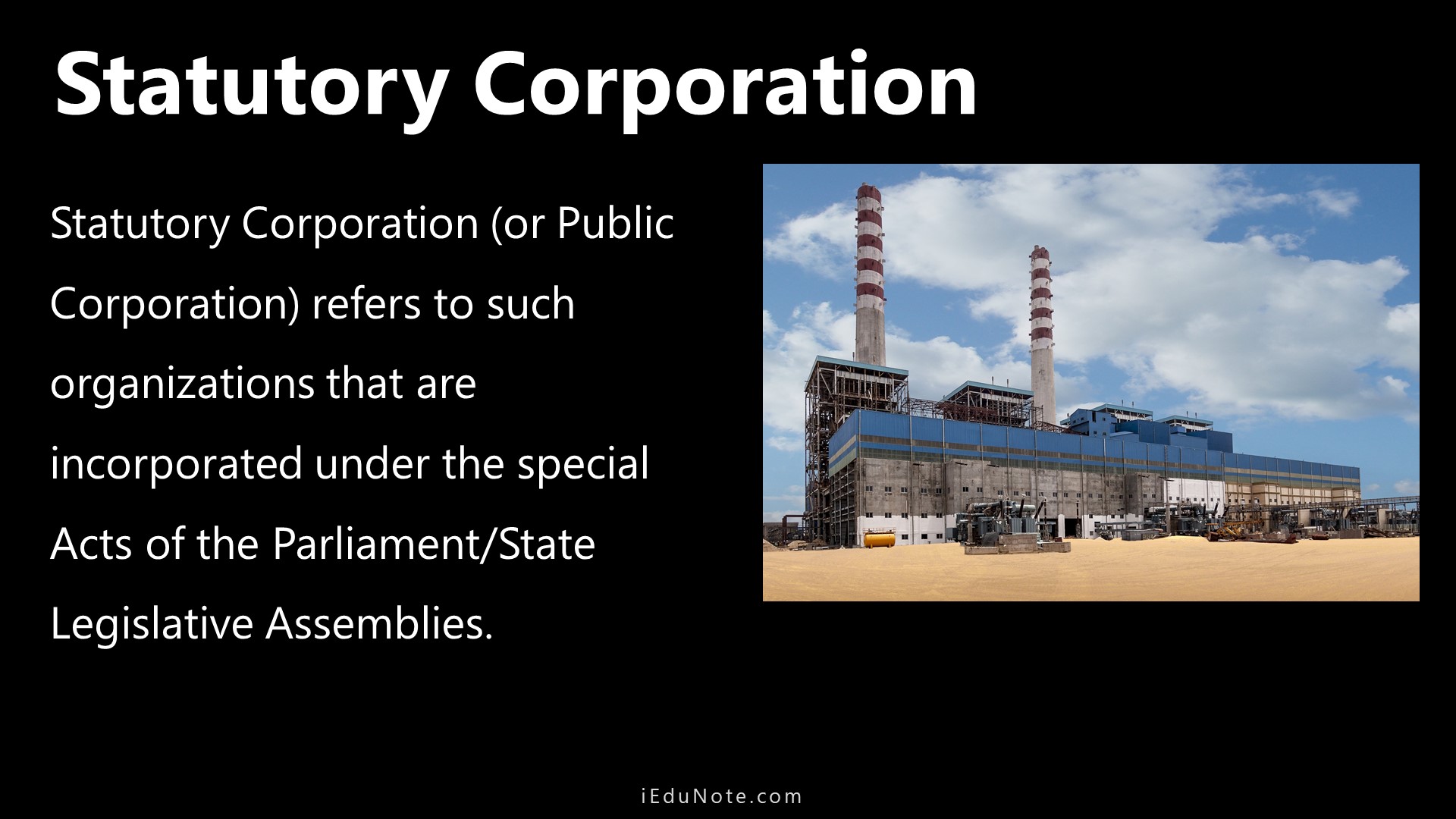Entrepreneurship is a dynamic multidimensional concept. Thus, it needs understanding and consideration of many factors and perspectives. In this context, the 11 differentiating characteristics of the entrepreneurship are:
These are explained below;
Innovation Process

Entrepreneurship is an innovation process.
Schumpeter (1934) describes this distinct feature of entrepreneurship that involves innovating a product with which consumers are not yet familiar or a new source of raw materials or a new market either to unexplored or a new combination of means of production or a new way of operation not yet applied.
Thus, entrepreneurship foresees the potentially profitable opportunity and tries to exploit it in a new and better way.
Wilken (1979) summaries a list of innovative activities entrepreneurship does.
They are shown below:
- Initial expansion- Original production of goods.
- Subsequent expansion- Subsequent change in the number of goods produced.
- Factor innovation- Increase in supply or productivity of factors.
- Financial- Procurement of capital from a new source or on the new farm.
- Labor- Procurement of labor from a new source or of a new typo; upgrading existing labor.
- Material- Procurement of old material from a new source or use of new material.
- Production innovations- Changes in the production process.
- Technological- Use of new production technique
- Organizational- Change of form or structure of relationships among people.
- Market innovations- Changes in the size or composition of the market a Product.
- Production of new goods or changes in the quality or cost of existing goods.
- Market- Discovery of a new marker.
High Achievement Motivation
Entrepreneurship is an exhibition of the need for achievement of a person.
McClelland (1961) has put forward this feature of entrepreneurship.
It denotes that the person with a strong desire for achievement would be an entrepreneur and the outcome of his highly motivated action-oriented activities is entrepreneurship.
He stresses that the need for achievement is the most directly relevant factor for explaining economic behavior or people.
The achievement motive is a relatively stable and enduring characteristic of an individual.
This inspires to perform two essential characteristics of entrepreneurship, one is doing things in a new and better way and the other is decision making under uncertainty. Meredith and others (1982) also support this idea of entrepreneurship.
Transformational Process
Entrepreneurship is a transformational process that improves the symbolic position of people in their larger structures.
Young (1971) has come forward with this distinct characteristic of entrepreneurship, he found that the tendency to describe the situation as a problem to be solved, an awareness of pragmatic effort required, confidence in their own ability to solve the problem, a tendency to take the viewpoint of each individual in turn and analyze the situation as he might see it before suggesting an outcome are the forces that transform the people into entrepreneur.
The change theory of Young suggests that entrepreneurship is the mechanism of the society to incorporate the reactive subgroups into it.
A group becomes reactive when the following three conditions coincide:
- When a group experiences low-status recognition.
- When denied access to important social rework; and
- When the group has better institutional resources than other groups in society at the same level.
Organization Building Activity
Entrepreneurship is an organization building activity. Harbison (1956) perceives that entrepreneurship is the managerial skills and creativity to build new organizations to harness the economic use of others’ innovations.
Understands that organization building is the most critical skill required for the industrial development of a country.
This skill means the ability to ‘multiply oneself by effectively delegating responsibility to others.
Thus, entrepreneurship puts the new ideas of different innovators into productive use through building an appropriate organization.
Status Withdrawal Function
Entrepreneurship is an extreme effort to make a change in the present state of the status of people. This characteristic of entrepreneurship is discovered by Hagen (1962).
According to his concept, a displaced, fallen or harassed community exhibits a high profile of entrepreneurship, to gain back the withdrawn or lost status.
Wherever there is any withdrawal of status respect, it may raise an innovative response along with other responses and create an entrepreneurial personality.
Therefore, entrepreneurship is a course of change the present social status of people to get back the old.
Religious Belief
Entrepreneurship is a function of religious belief – this concept of Max Weber (1930) results from the verse of Protestantism.
He opines that the spirit of capitalism is a set of attitudes towards the acquisition of money and the activities involved in it.
Capitalism started its journey after the emergence of Protestantism that recognizes business as a permissible economic activity and the profit as divine grace.
This religious approval for material gain through economic activity is the genesis of entrepreneurship.
Rewarding Activity
Entrepreneurship is rewarding and therefore, people engage in entrepreneurial activities.
Hisrich and Peters (1998) have mentioned this distinct characteristic of entrepreneurship.
They believe that the devoted time and efforts for the entrepreneurship are paid back with financial, psychic and, independence rewards that act as a driving force to the growth of entrepreneurship in society.
Incremental Wealth Creating Process
Entrepreneurship is perceived as a dynamic process of creating incremental wealth.
Wealth is created by the individual who assumes the major risks in terms of equity, time and/or career commitment to providing value for some product or service.
The product or service may or may not be new or unique.
But the entrepreneurship must somehow infuse value by receiving and locating the necessary skills and resources. Ronstadt (1984) advocates this characteristic of entrepreneurship.
Social Decision Making
Lamb has pointed out this dimension of entrepreneurship. He opines that the entrepreneurship is a form of social decision-making performed by economic innovators.
Multivariate social variables influence the decision of entrepreneurship. Social context must favor entrepreneurial decision making instead of deterring it.
Gap Filling Activity
Entrepreneurship fills up the gap that always exists in the knowledge of production function. Liebenstein (1966) has mentioned this functional characteristic of entrepreneurship.
It is true in the sense that entrepreneurship creates such product and service in such a way that helps to fill with unfulfilled social and economic deficiencies.
Managerial Skills & Leadership
Hoseliz (1960) entrepreneurship is the function of managerial skills and leadership.
He maintains that an entrepreneur must have the drive to earn profits and amass wealth. He must have the ability to lead and manage.
Entrepreneurship innovates its commodity and takes it into an uncertain market. Thus, production-oriented leadership and strong managerial capacity would load to succeed m entrepreneurship.
According to Hoselitz, there are innumerable cases in entrepreneurial history that ventures fail became their founders could not function as managers or lead to enlisting the service of the manager when required.
The outcome of Socio-political and Economic Structure
Kunkel (1970) says that entrepreneurship is the outcome of four structures found in a society or community. Entrepreneurs are the most deviant individuals who act against such, restrictions.
These structures are limitation structure, demand structure, labor structure, and opportunity structure. Limitation Structure limits specific activities, which are social and cultural.
Demand Structure is mainly economic and changes with economic progress and government policies. Labor Structure is concerned with the supply of competent and willing labor.
The supply of labor is governed by several factors such as available alternative means of livelihood, traditionalism, and expectations of life.
Opportunity structure consists of the availability of capital, managerial and technological skills, and information concerning production methods, labor, and markets. This structure is required to increase the probability of entrepreneurial activity.

